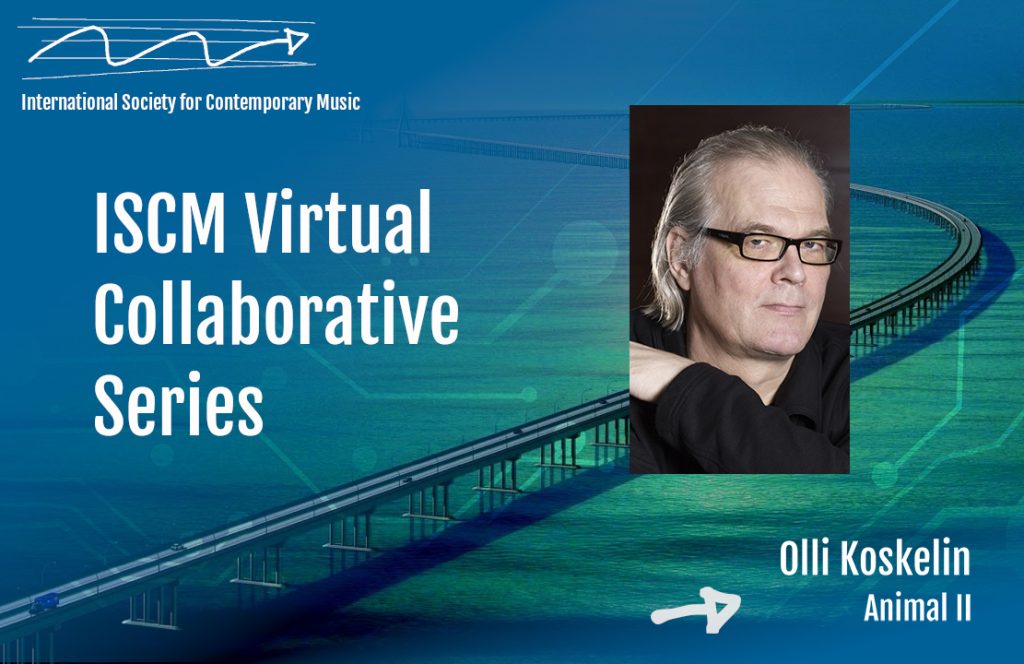Olli Koskelin: Animal II

Olli Koskelin (born 16 April 1955) was tutored in composition by Jukka Tiensuu and Eero Hämeenniemi as well as the French composer Tristan Murail. Koskelin also studied the clarinet at the Helsinki conservatory and musicology at the University of Helsinki. He has taught music at the Dance Department of the Theatre Academy in Helsinki since 1987. Koskelin’s compositional output reflects a wide range of interests as does his choice of teachers. The wide area covered by his style encompasses the neo-impressionism of the piano work Courbures (1989) to the post-expressionist echoes of his Music for String Quartet (1981) as well as the breakneck virtuosity of his clarinet piece Exalté (1985/1991) and the rich romantic textures of his orchestral piece … like a planet silently breathing… (1993). These three dimensions continued to maintain a presence in Koskelin’s output. He often uses the overtone series like the French spectral composers and avoids dramatic culmination. Soft harmonics, tranquil arching melodies, a leisurely rhythmical pulse and a coherence of mood are in evidence in his later works as in Uurre (1997) for chamber ensemble, Miniatures (1997) for string quartet and Circles within for 19 solo strings. In a special league of their own are the dance works by Koskelin – an example is Coldstar (1992), lasting over an hour in performance (the material of which is derived from … like a planet silently breathing…). One of the most delicate of Koskelin’s vocal works is Breaking the Silence (1991) for soprano and five instruments, the clear, bright soundscape of which was inspired by eight haikus by Matsuo Basho tied together in a close-knit, subtly meditative entity. Japanese haiku poetry also inspired Koskelin at a purely instrumental level in Seven Haikus for flute and guitar. In his works of the third millennium (e.g. Tintinnio for solo flute, 2003, and String Quartet No. 1, 2004) Koskelin has continued his search for delicate timbres, but he also displays features harking back to the expressionism of his early career.
About Animal II for solo bass clarinet, Koskelin writes, “The first Animal composition was commissioned by Scott Lygate for contrabass clarinet. I’m bad at giving names to my compositions, but in this case it is more than likely that the instrument had a great influence on the name of the piece. The bass clarinet Animal II (2019/20/22) was commissioned by Gleb Kanasevich, and the premiere was not until the autumn of 2022 in New York. The reason was the same as with the guitar piece. How many performing instructions should a composer write on the note? In case of Animal II the most important interpretation instruction was obvious, because some parts of the composition are to be played grotesquely. It is impossible to know this without instructions, but I did not specify anything more detailed about this matter. The musician can choose from several possibilities to achieve a grotesque interpretation. Grotesque is used as a general adjective for strange, mysterious, magnificent, fantastic, hideous, ugly, incongruous and unpleasant. It is often used to describe weird shapes and distorted forms.”
